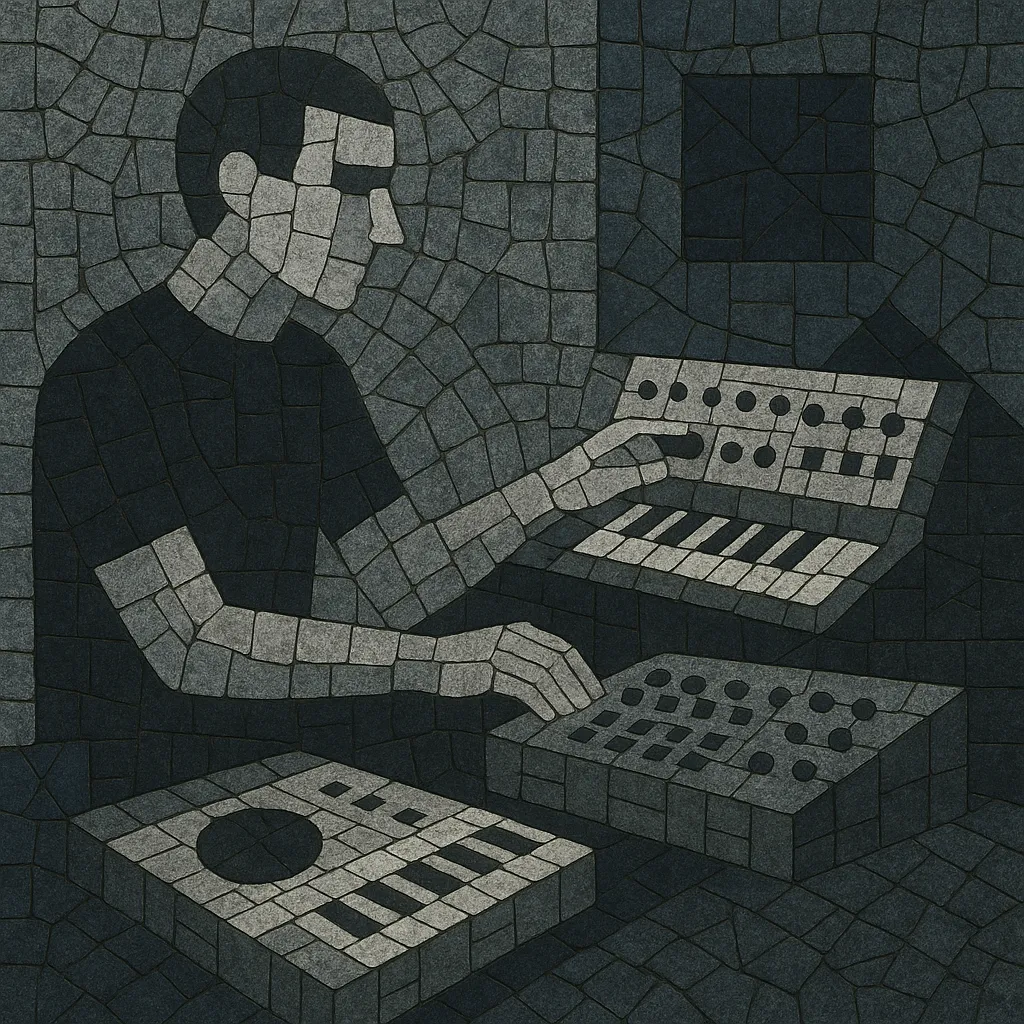
Minimal synth is a sparse, DIY strand of early electronic music built around a small palette of analog synthesizers, drum machines, and austere melodies. It favors economy: short, hook-like motifs; rigid, metronomic rhythms; and cool, detached vocals that sit in stark relief against the electronics.
The sound is defined by dry drum machine patterns (often 2–4 bar loops), monophonic basslines, simple minor-key harmonies, and limited effects—typically delay and reverb used tastefully rather than lavishly. Emerging from post-punk and new wave’s experimental fringes, it captured a mood that was simultaneously intimate and mechanical, melancholic yet danceable.
Originally circulated on cassettes and 7" singles via small independent labels, minimal synth has since become a collectors’ and archivists’ favorite, with a 2000s revival highlighting how its disciplined restraint and analog textures anticipated later retro-synth and underground electronic movements.
Minimal synth coalesced at the intersection of post-punk’s DIY ethos and the availability of affordable analog gear (Korg MS-20, Roland SH-101, ARP Odyssey) and drum machines (Roland CR-78, TR-808). In the UK and parts of Western Europe, small labels and home studios enabled solo artists and duos to produce stark, melody-forward tracks that were cooler and more restrained than mainstream synth-pop. Early examples surfaced on limited 7"s, cassettes, and compilations, often supported by college radio and fanzines.
The genre’s core traits—minimal arrangements, rigid drum programming, minor-key tonalities, and aloof vocals—set it apart from the glossy production of commercial new wave. Many acts shared members or aesthetics with post-punk and industrial scenes, while cassette culture facilitated international cross-pollination between the UK, Belgium, France, the Netherlands, and North America.
By the mid-to-late 1980s, minimal synth was eclipsed by bigger-budget synth-pop, EBM, and house/techno. In the 2000s, DJs, archivists, and reissue labels (notably Minimal Wave) sparked renewed interest. Carefully curated compilations, online communities, and boutique reissues uncovered obscure gems and codified the style’s boundaries.
The revival reframed minimal synth as a foundational reference for contemporary retro-synth styles. Its DNA carries into synthwave’s analog nostalgia, electroclash’s icy attitude, modern darkwave’s economy of means, and lo-fi indie electronics. Today, both original period recordings and modern practitioners continue to emphasize the genre’s defining balance of emotional restraint and mechanical pulse.

